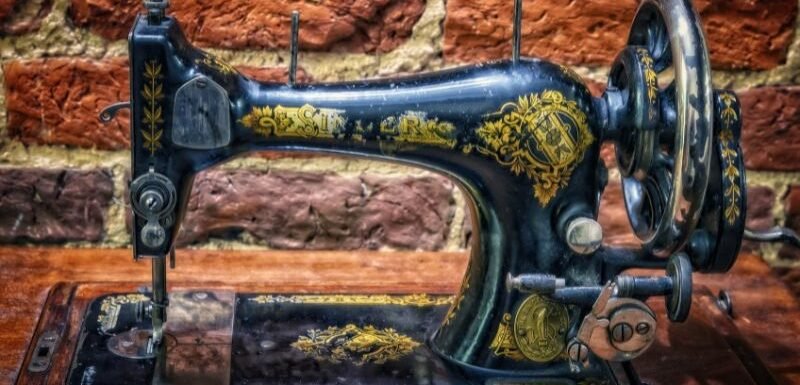In this history of sewing and quilting machines we dive into a fascinating world of inventors, failure, scandals, and successes!
This article traces the history of sewing and quilting machines from their earliest designs to modern advancements, explaining how these indispensable tools have revolutionised the textile industry.
Sewing and quilting machines have deeply interwoven histories. These remarkable tools have transformed from simple mechanical devices to complex technological marvels, shaping society and industry over centuries.
But the humble sewing machine has a fascinating and somewhat scandalous history!
Join me as we explore the evolution of the sewing machine — a journey of invention, innovation, despair, inspiration, and technological development.
The History of Sewing and Quilting Machines
- Early Stitches: Pre-Industrial Sewing
- Unravelling the Thread: The Invention of Sewing Machines
- Fire and Mayhem
- The USA Enters the Race
- Isaac Singer: A Canny and Cunning Businessman
- Quilting — A New Layer of Complexity
- 20th Century: Automation and Advancements
- Modern Innovations: Computerization and Beyond
- The History of Sewing and Quilting Machines: a Relentless Pursuit of Innovation
- Related Posts
Early Stitches: Pre-Industrial Sewing
Before the advent of sewing machines, sewing was a time-consuming task, performed by hand in households and small workshops.
From the early days of bone needles in the prehistoric era to the more refined tools of the 18th century, sewing remained a manual and labour-intensive craft.
Unravelling the Thread: The Invention of Sewing Machines
The birth of the sewing machine in the 19th century marked a significant turning point.
But the concept of a mechanical machine designed for sewing was described as early as 1755 when German Charles Weisenthal patented the idea.
However, it wasn’t until 1790 that Englishman Thomas Saint detailed and patented the first design for a sewing machine for leather and canvas.
Whether Thomas Saint ever had his invention manufactured is still being determined, as no evidence of a prototype ever emerged.
Following Saint’s efforts, various inventors attempted to design their own sewing machines, but most were unsuccessful.
It wasn’t until 1830 that Barthelemy Thimonnier, a French tailor, patented a practical machine that used a hooked needle and one thread to create a chain stitch. Success at last!
Fire and Mayhem
Thimonnier was not content to sit on his heels, though — he sought fame and glory by opening a company manufacturing machine-made clothing and creating uniforms for the French military.
And, just as we feared that television would kill the film industry and the CD-ROM would be the end of live music in the 20th century, Thimonnier’s fellow tailors felt that this new-fangled invention would be the death of tailoring.
In spiteful retaliation and fearing for their jobs, they stormed the factory, destroying machines and setting fire to the premises, razing it to the ground, with Thimonnier still inside.
Thimonnier was lucky to survive.
The USA Enters the Race
I wonder if Walter Hunt, inventor of the first American sewing machine, was really interested in progress or was genuinely concerned for the welfare of his fellow citizens?
Fearing mass unemployment in the textile industry, he never patented his invention.
Of course, the nature of humans inevitably led to greed, as other inventors became opportunists, scrambling to patent their own machines first.
Englishman, John Fisher, registered the patent for his machine in 1844. However, inefficiency in the Patent Office resulted in the patent disappearing.
By this time, other inventors sensed triumph — Elias Howe, in 1845, patented a design that was suspiciously similar to Fisher’s, using a needle with an eye and thread from two different sources.
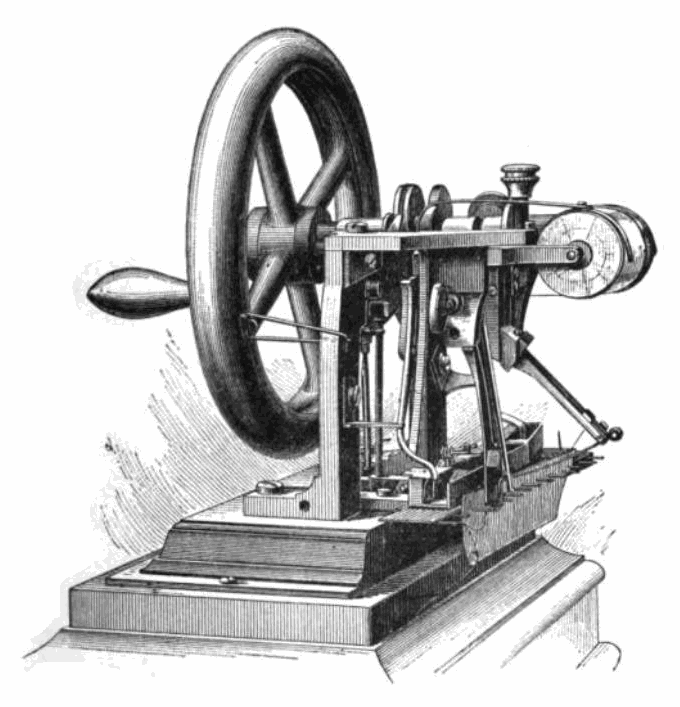
When he was unsuccessful in finding support from manufacturers, he tried again in England.
But he was pipped to the post!
Isaac Singer: A Canny and Cunning Businessman
Elias Howe later returned to the US, only to find his design copied, modified and patented by Isaac Singer.
Naturally, this resulted in a bitter court case that was eventually upheld in Howe’s favour.
Nevertheless, by this time, Singer had already become a major sewing machine manufacturer.
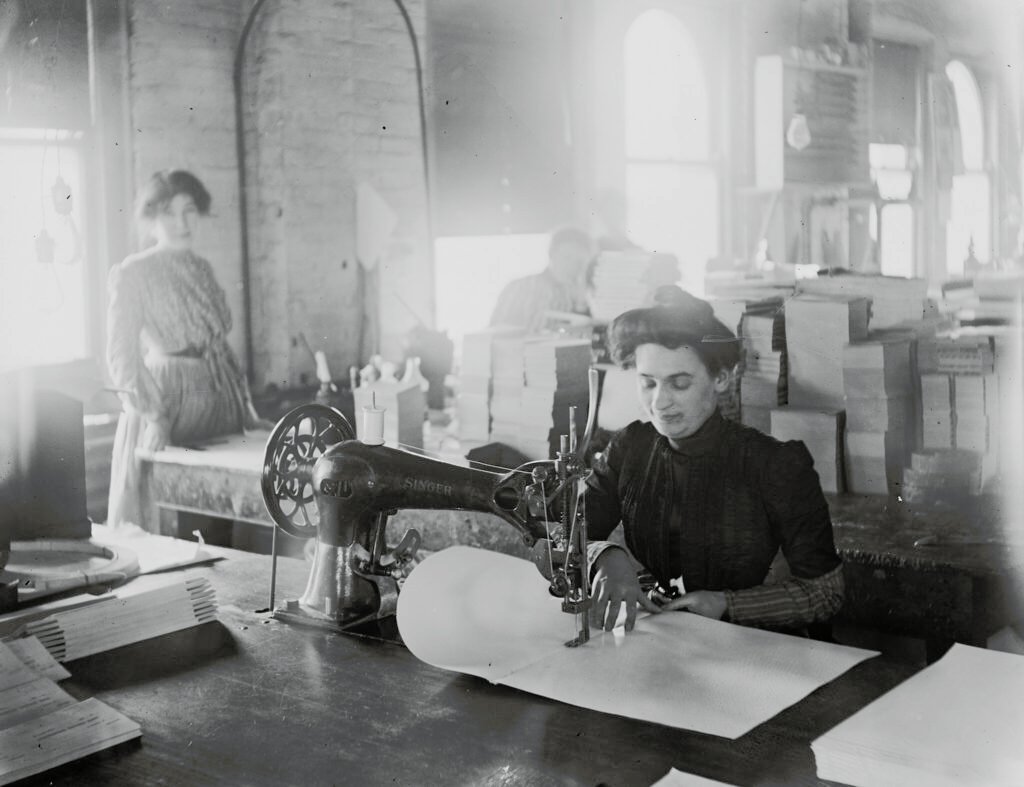
Despite Isaac Singer’s apparent design theft, he continued manufacturing his machines as they were considered significantly different from Elias Howe’s.
The sewing machine’s invention accelerated the pace of sewing, bringing about a rapid shift in the textile industry and society.
Garment production moved from homes to factories, paving the way for mass production and the birth of the ready-made clothing industry.
Quilting — A New Layer of Complexity
Quilting, an age-old practice of sewing two or more layers of fabric together to make a thicker padded material, witnessed a similar evolution.
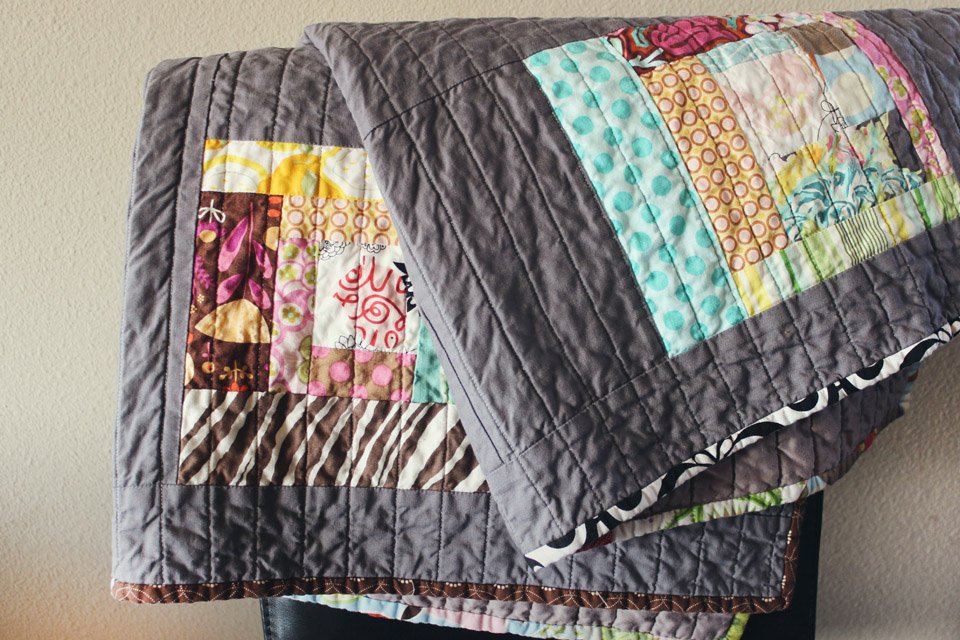
While hand quilting was an everyday domestic chore and communal activity, the emergence of quilting machines in the late 19th century transformed it into a thriving industry.
Like their sewing counterparts, the first quilting machines were large, industrial machines that automated the quilting process.
This significantly increased quilting speed and precision, leading to the wide availability of factory-made quilts.
20th Century: Automation and Advancements
The 20th century saw further enhancements in sewing and quilting machines. Machines became more compact, affordable, and user-friendly, extending their reach to households.
This period also witnessed the introduction of machines that could perform multiple stitch types, such as zigzag and decorative stitches.
Electricity revolutionized these machines, replacing manual and treadle-operated models.
This brought about faster and more precise sewing and quilting, transforming both the industrial and domestic textile landscape.
Modern Innovations: Computerization and Beyond
The dawn of the digital age in the late 20th century brought computerisation into the realm of sewing and quilting.
Modern machines feature touch screens, hundreds of pre-programmed stitches, and the ability to download even more.
These machines also feature automatic threading and cutting, and you can sew complex embroidery patterns, often while synced to your computer.
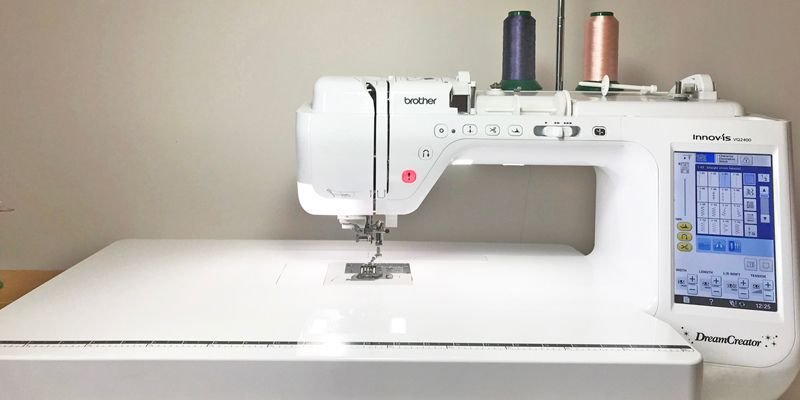
Quilting machines have not been left behind, with the introduction of longarm quilting machines that easily manoeuver fabric, enabling intricate designs.
Furthermore, computerised quilting machines allow the user to digitally design patterns that the machine then executes with precision and consistency.
The History of Sewing and Quilting Machines: a Relentless Pursuit of Innovation
The journey of the sewing and quilting machine mirrors humanity’s relentless pursuit of innovation.
Once simple mechanical devices, these machines have become technological wonders, proving indispensable in fashion, interior decor, and craft.
As we look towards the future, one thing is clear: the story of the sewing and quilting machine is not over — we will continue seeing rapid developments and exciting new features.
